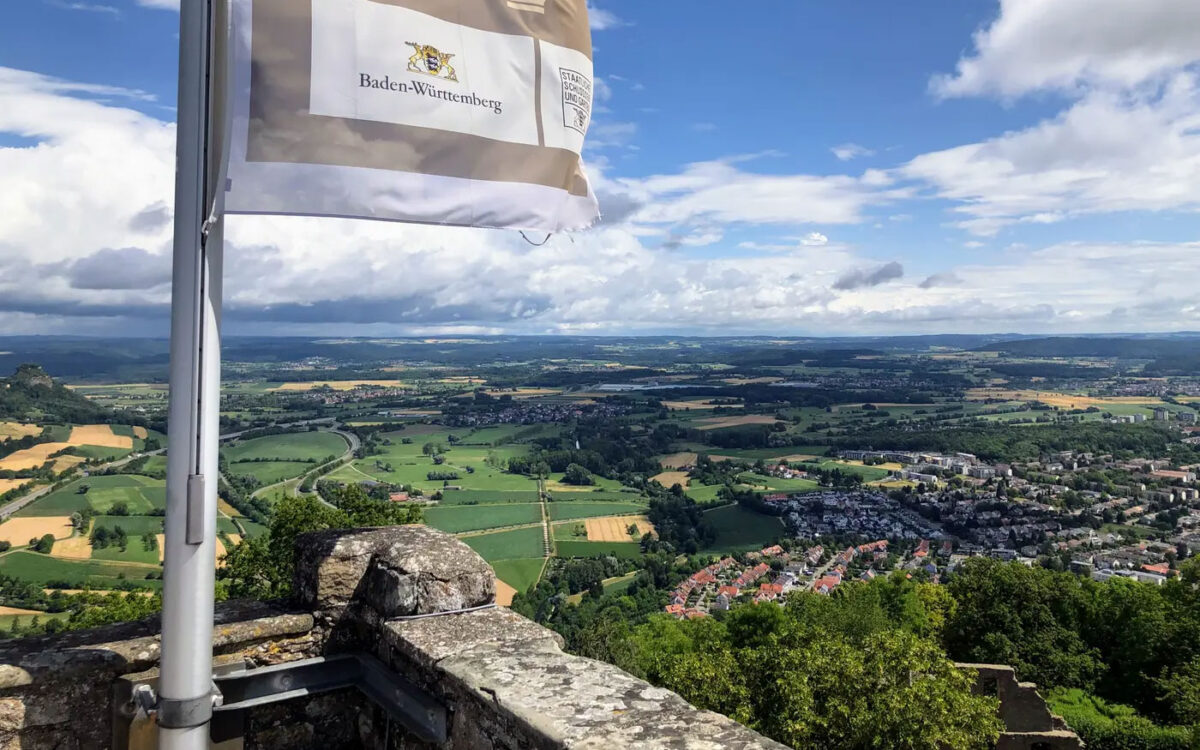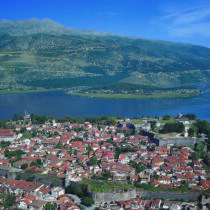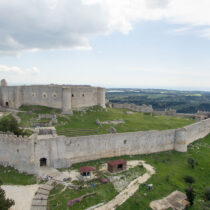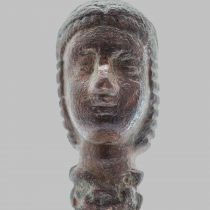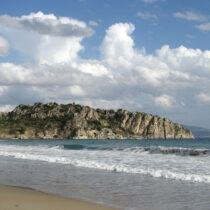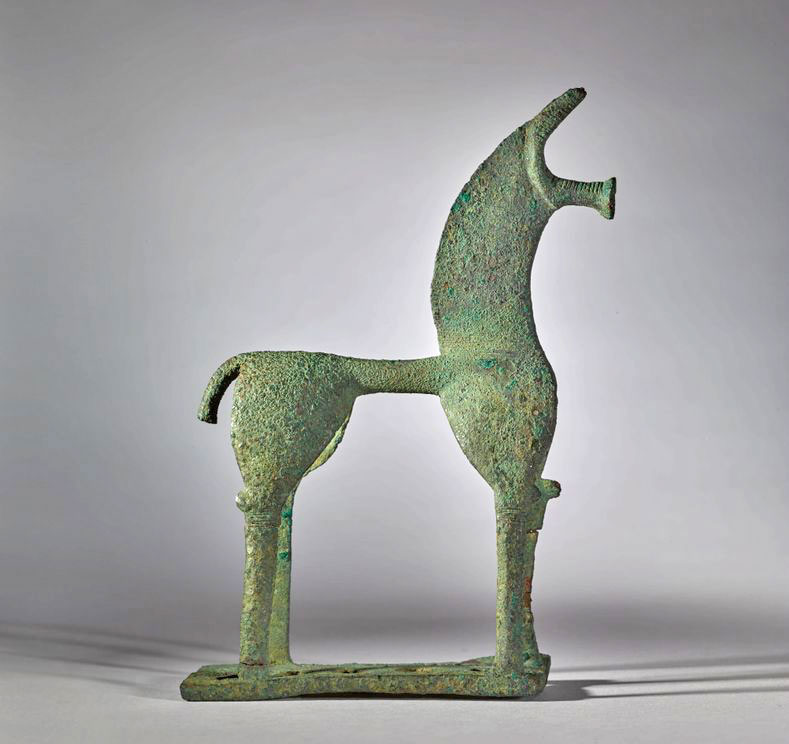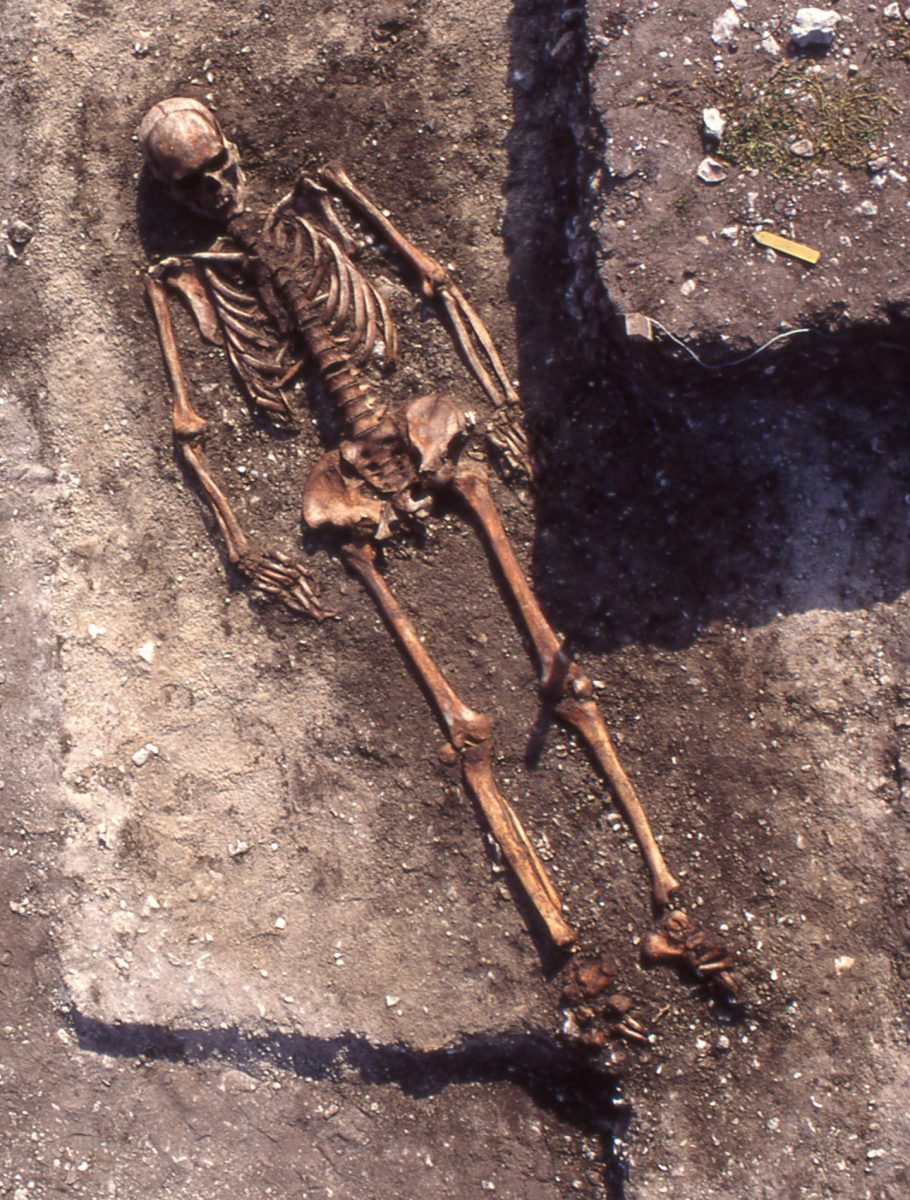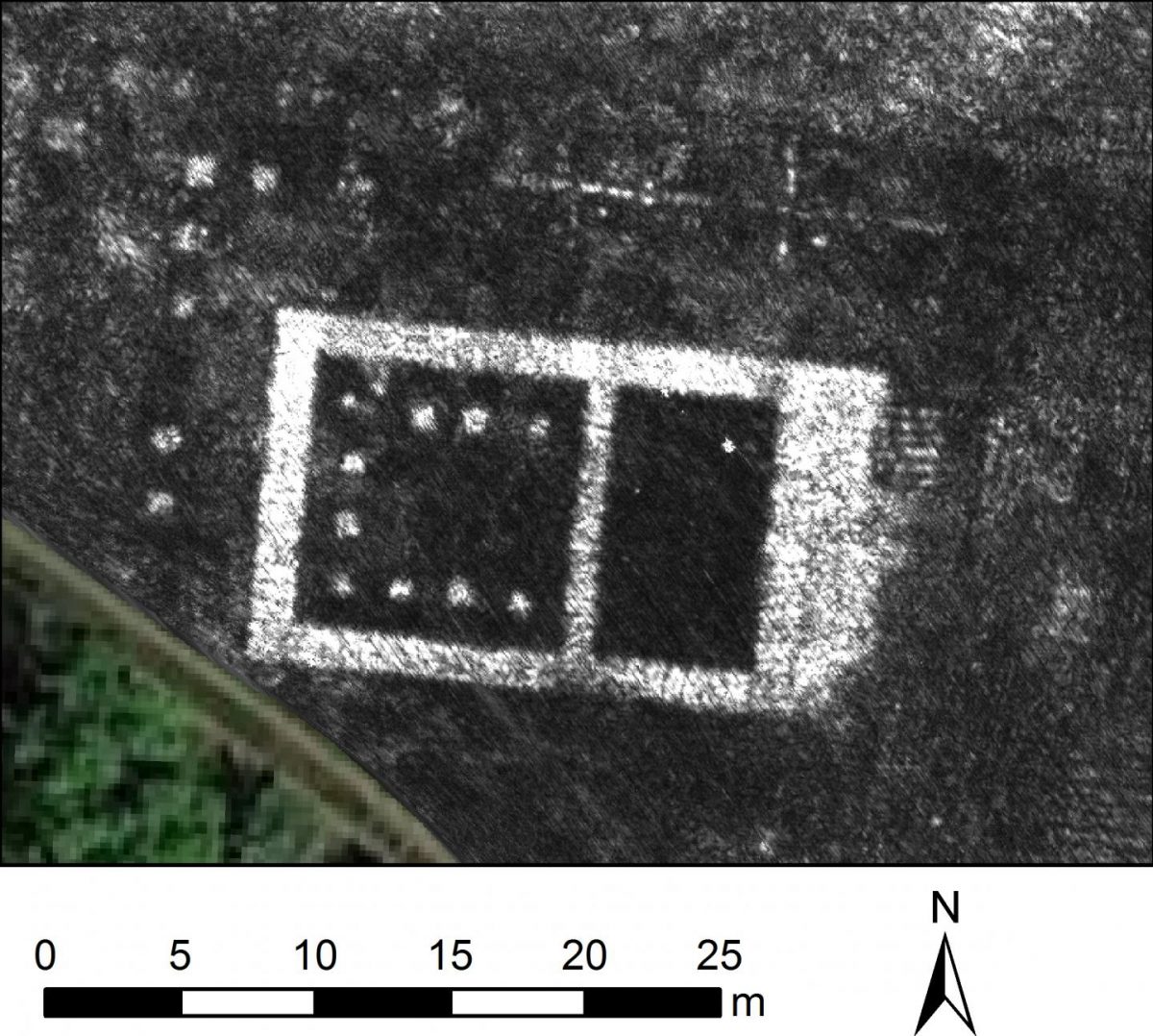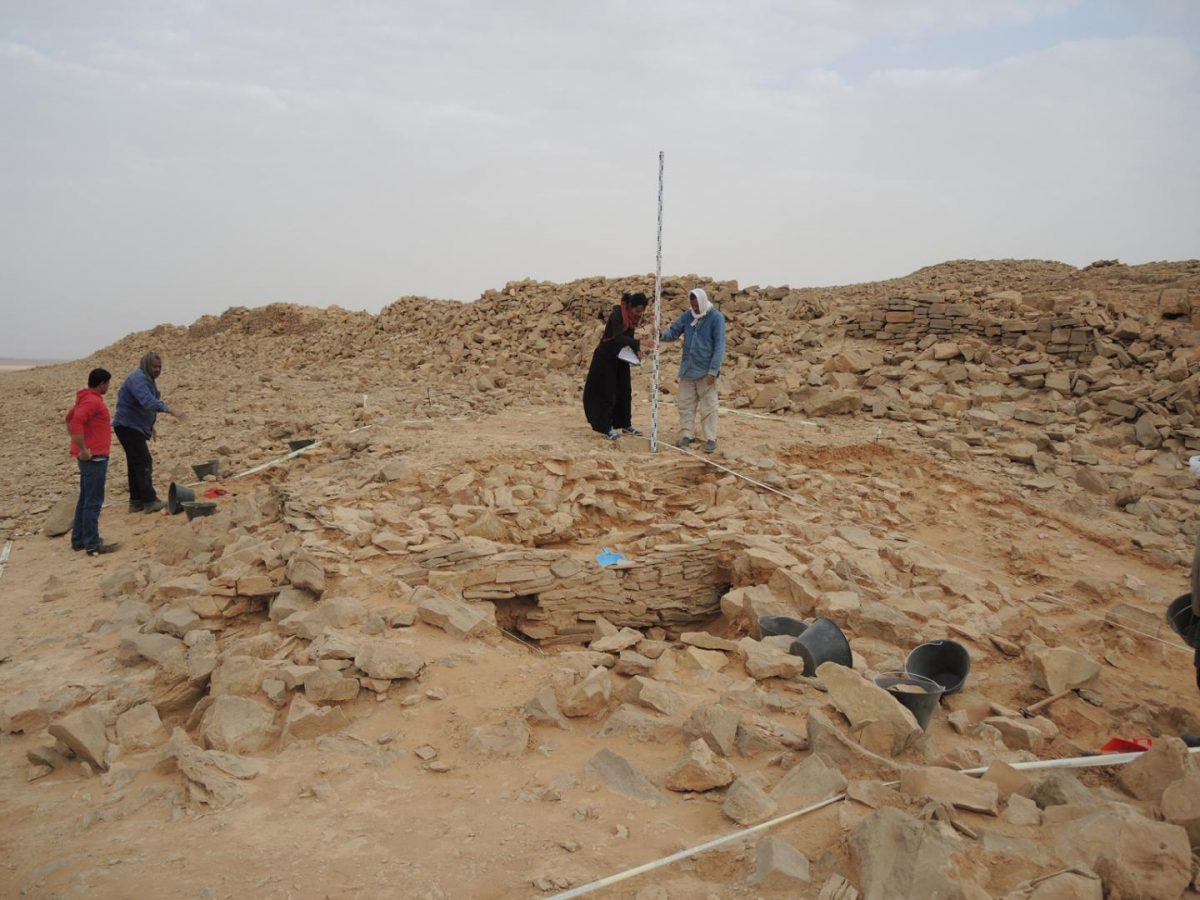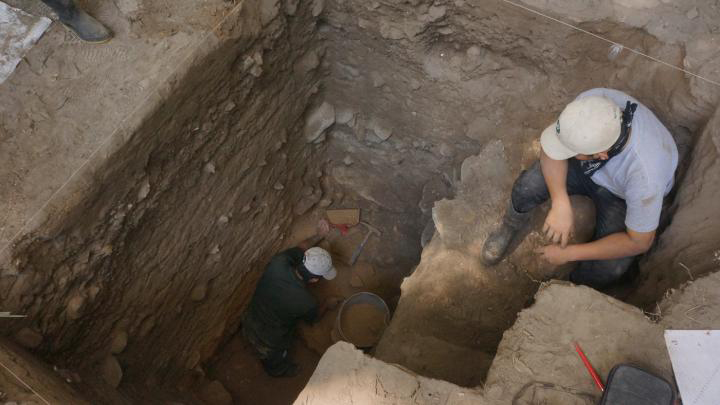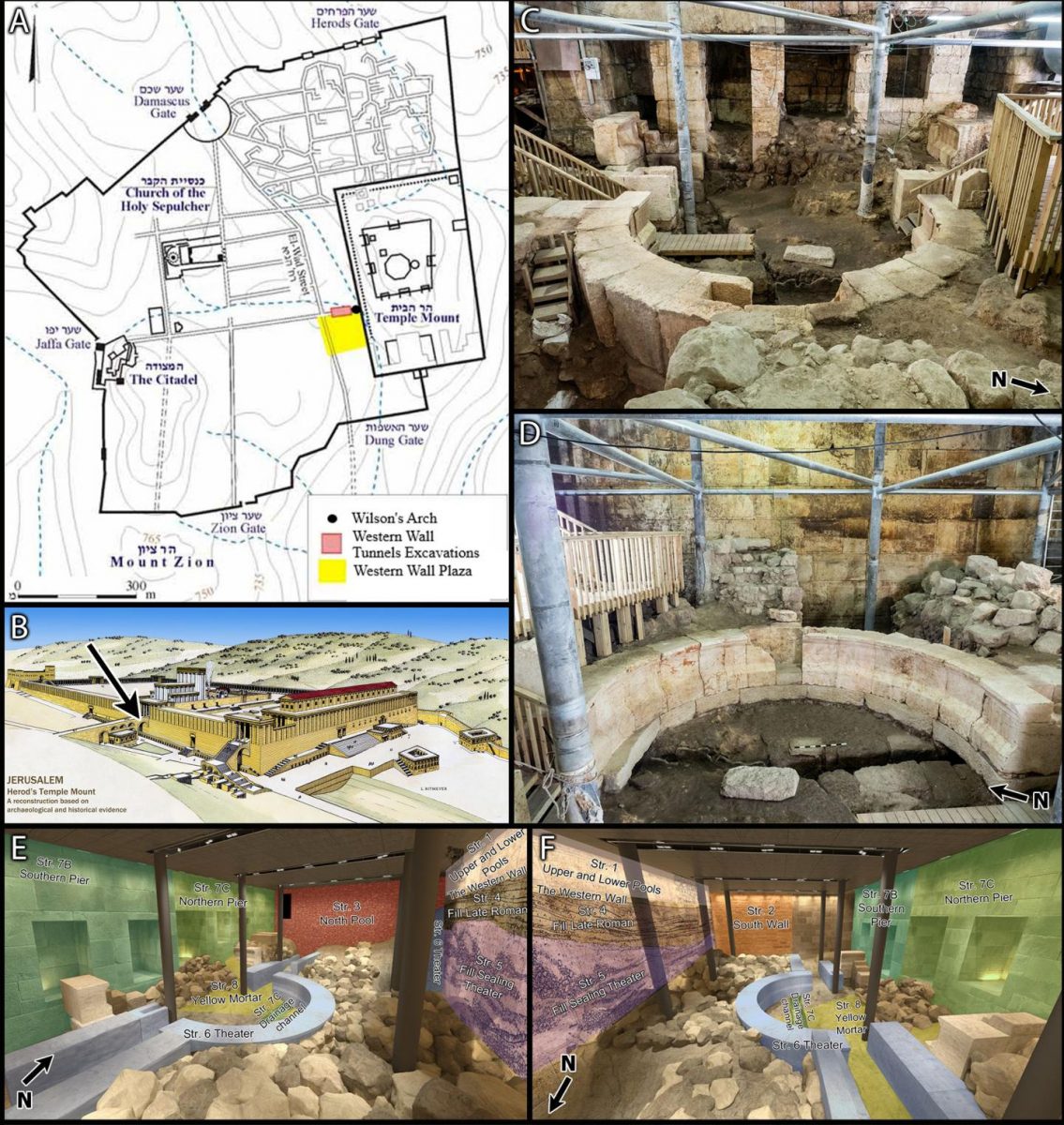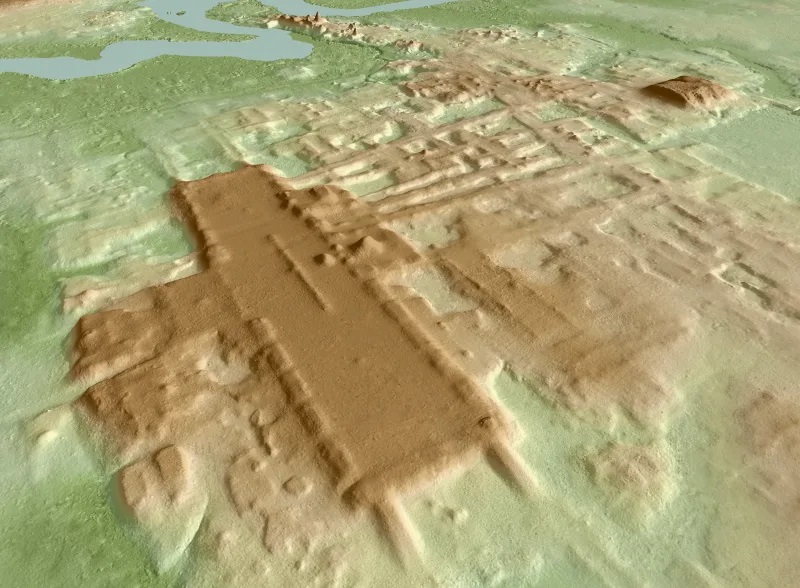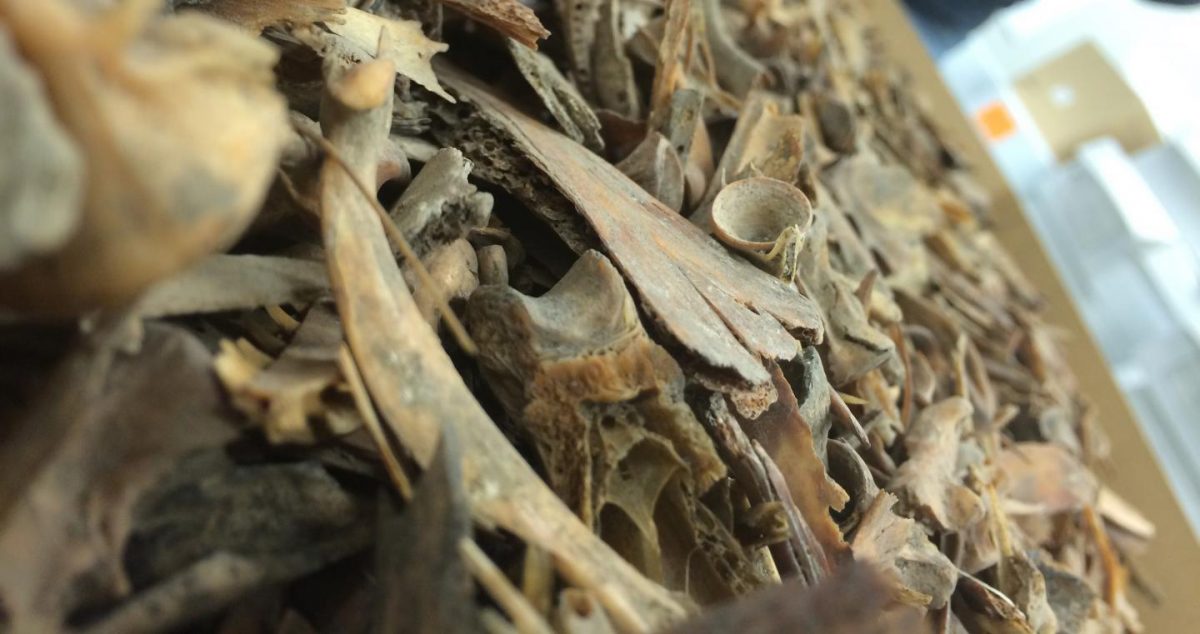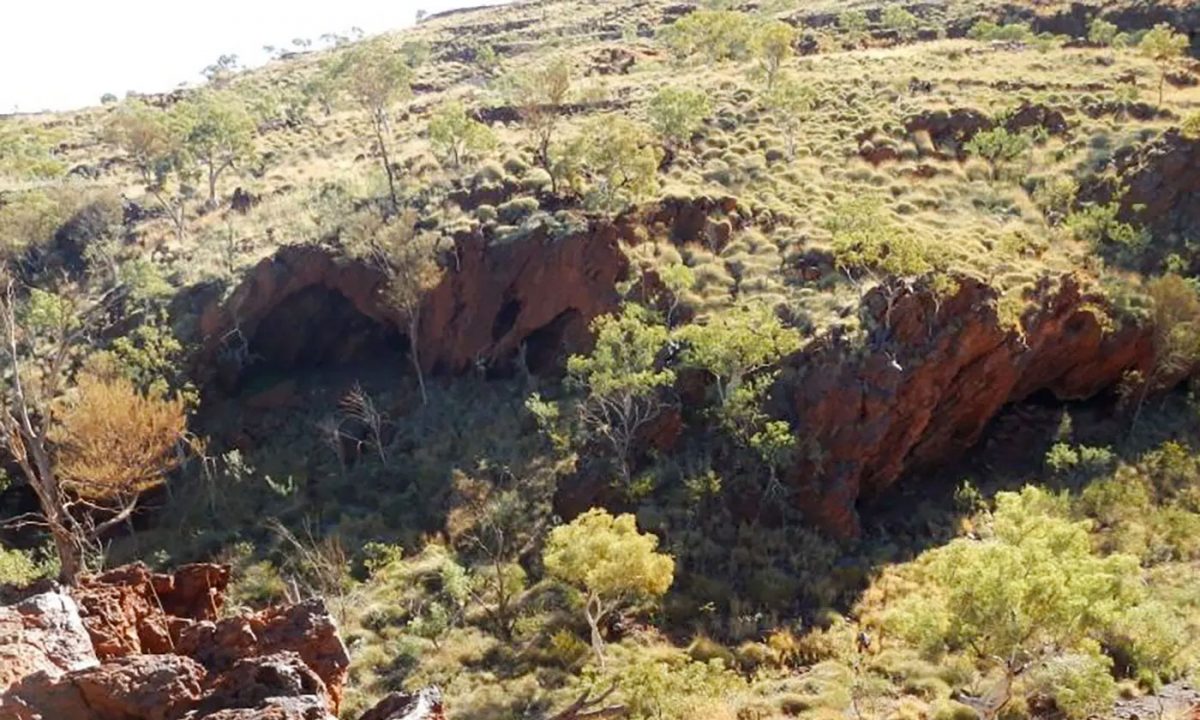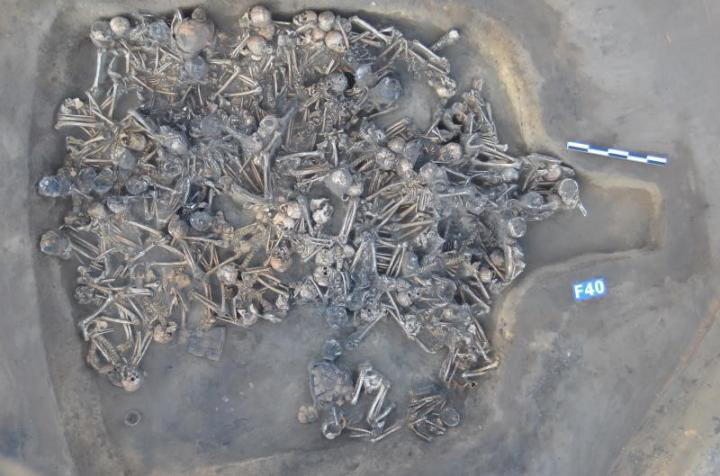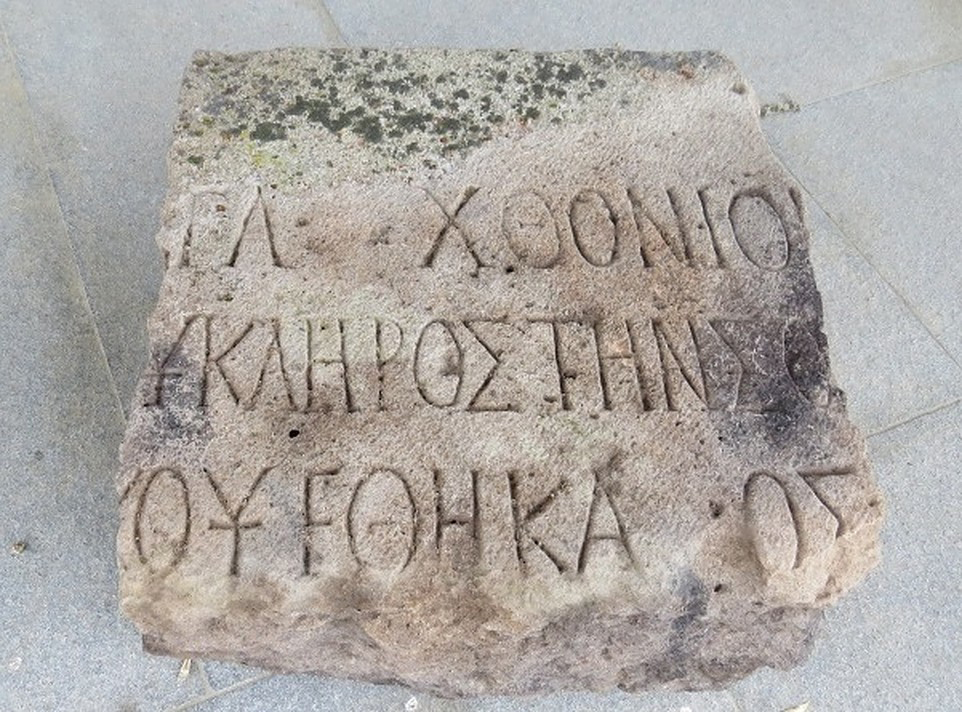Unusual find: Archaeologists discover depiction of goddess Isis
In the relics of a military camp archaeologists discovered an artifact with a female figure in raised relief.
Greek Ministry of Culture wins landmark cultural heritage case
The Second Circuit determined that the core act carried out by the Ministry – sending a letter asserting ownership over the figurine – was of a sovereign nature.
Meteora: rare and awe inspiring monastic architecture
According to historians, the first hermits climbed the rocks of Meteora in the late 11th and early 12th century.
DNA increases our understanding of contact between Stone Age cultures
In a new interdisciplinary study, researchers have combined archaeological and genetic information to better understand Battle Axe cultural influences discovered in graves of the Pitted Ware culture.
Entire Roman city revealed without any digging
Discovery of a bath complex, market, temple, a public monument unlike anything seen before, and even the city's sprawling network of water pipes.
Discovering the prehistoric monuments of Arabia
Scientists have discovered a 35-metre long triangular platform in the oasis of Dûmat al-Jandal (northern Saudi Arabia).
Construction of Uyghur complex dated to the year 777
Scientists at the University of Groningen, together with Russian colleagues, have pinned the date for the construction of an eighth-century complex in southern Siberia to a specific year.
Etruscan tomb of a child excavated in Vulci, Italy
An Etruscan tomb hosting the burial of a child has been excavated in the Archaeological Park of Vulci, Italy. With the Archaeological Park in Vulci open since May 18, the longstanding archaeological research in the Park’s Necropolis of Poggetto Mengarelli
The Museum of Underwater Art is ready in Australia
The only exhibit in the museum visible above sea level is the sculpture "Ocean Siren".
Authorities in Egypt seized antiquities
Necklaces, statues, scarabs, copper coins and amulets depicting ancient Egyptian deities and sacred animals.
Two new extinct primate species found in the Ethiopia site of Gona
Pliopapio alemui and Kuseracolobus aramisi, two different new primate species dated between 4.8 and 4.3 million years ago known only from Gona and the Middle Awash study area in Ethiopia.
The Acropolis is ready for a tourism compatible with the coronavirus
The French newspaper Le Figaro pays tribute on its website to Athens and the sacred rock of the Acropolis.
When did people started eating maize?
The "unparalleled" discovery of remarkably well-preserved ancient skeletons in Central American rock shelters has shed new light on when maize became a key part of people's diet on the continent.
Pinpointing the origins of Jerusalem’s Temple Mount
Integrating radiocarbon dating and microarchaeology techniques has enabled more precise dating of the ancient Wilson's Arch monument at Jerusalem's Temple Mount.
Largest, oldest Maya monument suggests importance of communal work
A University of Arizona discovery suggests that the Maya civilization developed more rapidly than archaeologists once thought and hints at less social inequality than later periods.
Perfectly preserved Roman mosaics discovered in vineyards
The mosaics were probably the structural components of a villa searched for a century by archaeologists.
On the hunt for megafauna in North America
Research from Curtin University has found that pre-historic climate change does not explain the extinction of megafauna in North America at the end of the last Ice Age.
Doubts about the Nerja cave art having been done by Neanderthals
The research team analyzed several samples of calcite related to the chronometric test of a set of rocks in the Nerja Cave.
Piecing together the Dead Sea Scrolls with DNA evidence
DNA "fingerprints" lifted from the animal skins on which the texts were written help solve the Dead Sea Scrolls puzzle.
Mining company destroyed archaeologically valuable Aboriginal Cave
Anglo-Australian giant multinational mining cooperation admitted to have caused irreparable damages while using explosives to open an iron ore mine.
New C14 dates call into question the dating of Greek Antiquity
The findings of an international research project under the directorship of Stefanos Gimatzidis necessitate a radical revision of Greek chronology.
Subsistence change and human migration linked in northern China
Genetic analysis of 55 ancient individuals finds that genetic changes in Yellow River, West Liao River and Amur River populations correlate with the intensification of farming and the inclusion of a pastoral economy.
Ancient Greek inscription found in Roman Deultum
Archaeologists found a Greek inscription on a limestone sarcophagus at the Deultum-Debelt National Archaeological Reserve near Burgas (Bulgaria).
The vault of a cryptoporticus in Pompeii villa comes to light
The new excavations of Civita Giuliana are investigating the noble spaces of the suburban villa, and they are resurfacing little by little.
